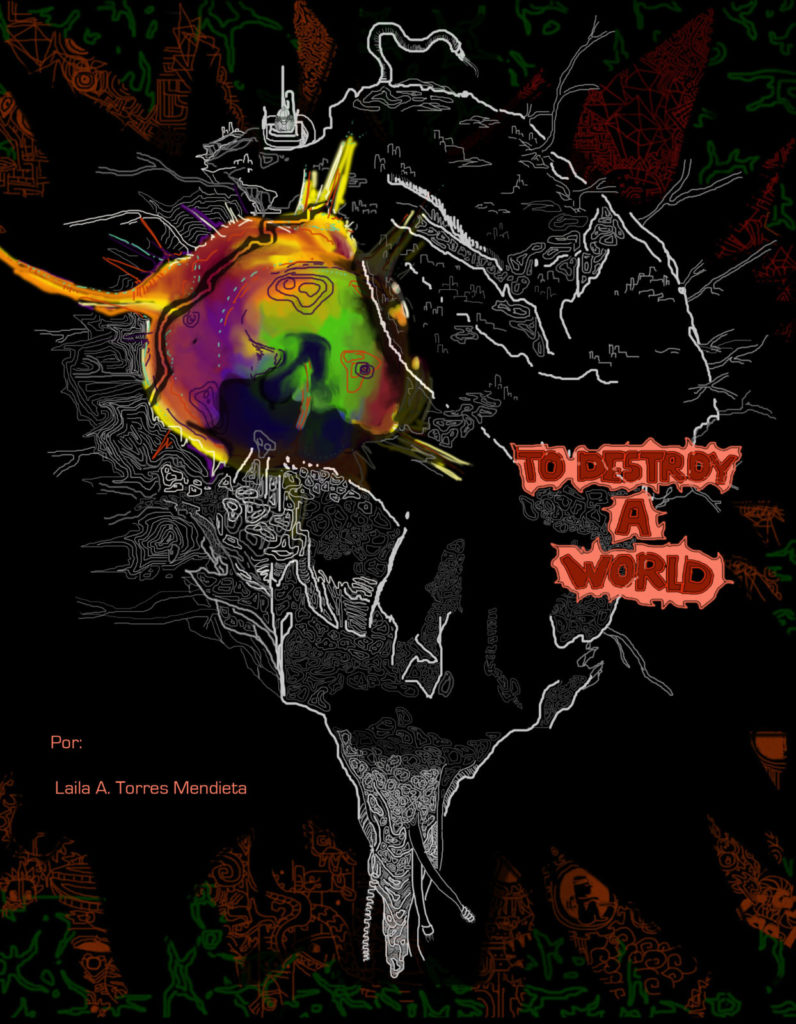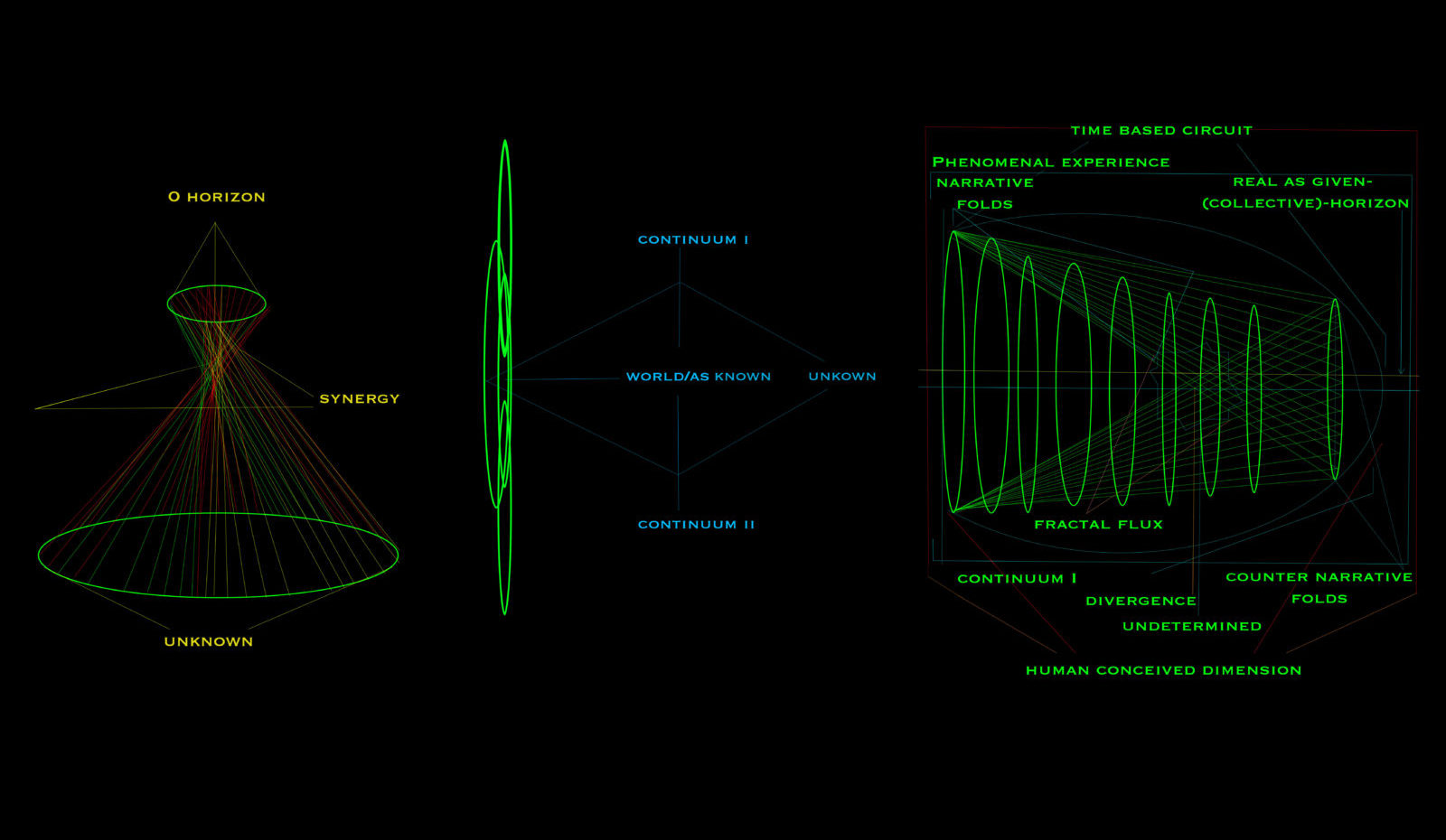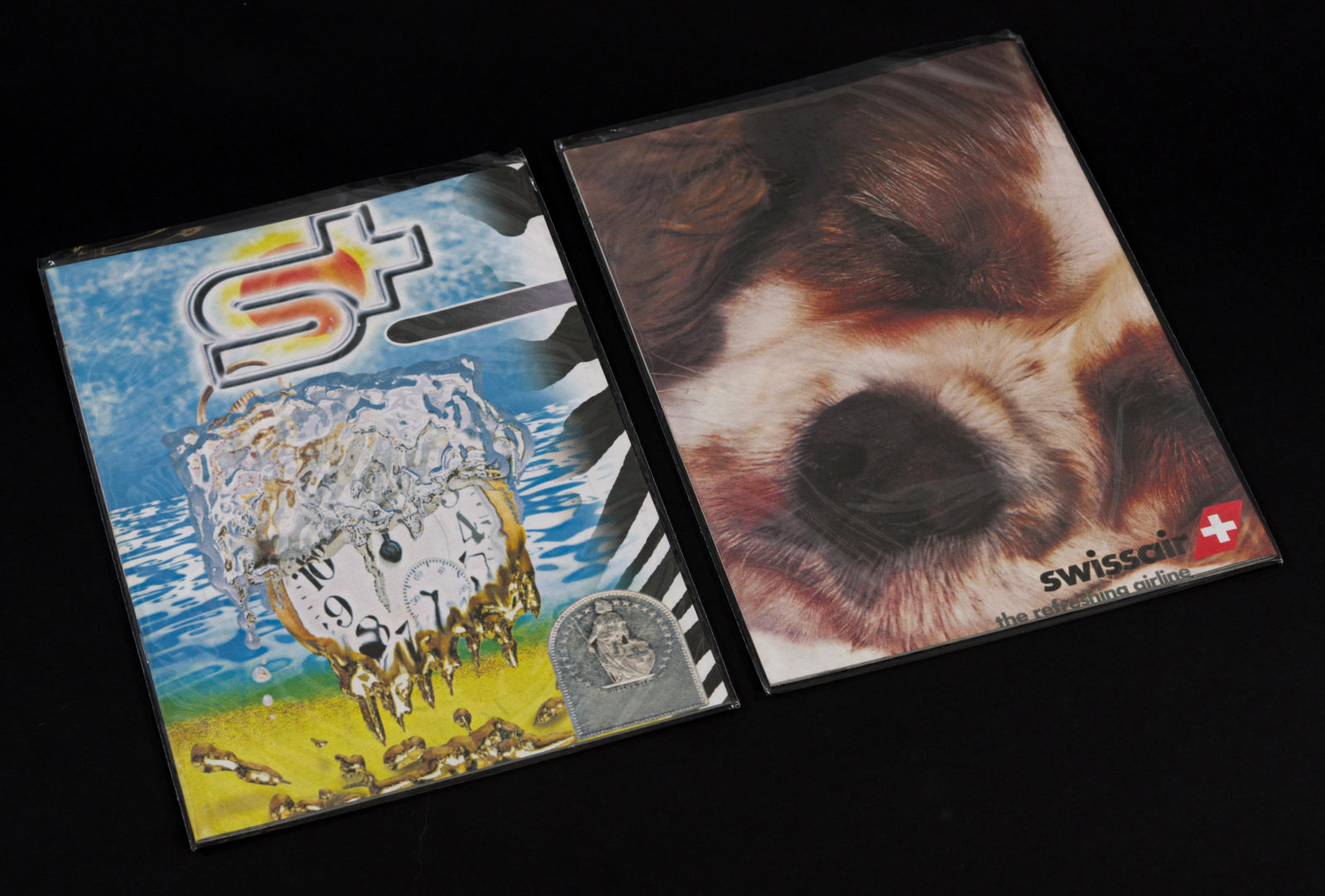Texte

Synthesis from the Actes de Recherche 20191
El mundo global está enteramente iluminado. Nuestras conciencias están deslumbradas. No hay nada que no veamos (…) Encarnar la crítica significa plantearse hoy cómo subvertir la propia vida de manera que el mundo ya no pueda ser el mismo.2 / The globalized world is completely illuminated. Our consciousness is blinded. There is nothing that we can’t see. To be able to embody critique, we must think how to subvert our life in such a way this world can never be the same.
This research represents a fissure in time. Is an effort to grasp and condense an old query that began as a political stance against gender, institutional, cultural normativism and class-power relations borrowed from the Mexican residues were it germinated. It takes Mexico-as one of the many time machines where these economic, sociopolitical and commonly inhuman oriented issues catch up and confront with the incommensurable intensities and velocities from other geographies and systems of belief.
The philosophical, diagrammatic, sonic, graphic and performative continuous embodiments of the process, mean to reveal a hidden (non-utilitarian) massive form of expenditure and labor. However, while the preoccupations of this research are deeply concerned with a necessity to encompass a space to voice out non-western narratives, sensitive to feminist intersectionality, this aspect must be taken only as means to enable counterfactual universes.
For is via the transvaluation and understanding of theories and fictions that take as much into account the voicing of undermined narratives as much as the dominant ones where they were rooted. That this project, aims to become a disclosure of a hybrid expression of the world. In which the concept of self will be continuously contested and decoded as a reflection of conscious plasticity/artificiality, and thus integrated into a broader discourse around the chronopolitics of becoming.
As a methodology, I adopt Teshome’s updated take on third cinema and Pavle Levi’s cinematic praxis by other means. In a constant process of morphing and intertwining tools. Art is reflected upon as a technological apparatus in the act of assemblage. What is left behind is always an interception of material leftovers (segments/fragments) of time folding in a pure dynamic state.
Horror plays an essential role in this ambition, insofar as it presents a paradox of discontinuity, dimensions and time. The time we’re living in and the fractal futurities we shape via science-fiction. The failures we embrace and the utopias we re-produce. Through horror, otherness bears witness of the uncanny and the abysms that lay within.
Three questions to Laila A. Torres Mendieta
ISSUE : Where did your research originate from?
Laila A. Torres Mendieta : My research obliges a 7-year-old query that germinated in the Mexican barrio bravo where I was born and raised. As an incipient form of intellectual resistance towards socio-political patterns inherited by colonialism and the burdens of cultural and economic models which most of our neoliberal pathologies refuse to let die.
Even though in countries like mine, the majority of the populace can barely fulfil the necessary institutional protocols to survive. Daily life, nonetheless, is still plagued by managerial processes of legitimacy that determine the way in which each person affords to exist.
Whilst acknowledging being infested by such a brutal system, my research, which was borne out of disappointment and frustration, and which allows itself to be cultivated through the luxuries of artistic and curatorial praxes, is a coping mechanism that uses art and theory as an effort to vouch for a form of hopeful negativity.
I : Can you describe your writing strategies, which make use of science-fiction and dystopian scenarios, in relationship to the notion of the « fissure » that you address?
L.A.T.M. : As both, an ongoing testimonial process of my own context, and a way to claim a space for experimentation within a praxis that is convoluted by a codependency between knowledge production and the significance of its materialization.
I use models that rely on mathematical logic to exemplify our human tendency to give meaning to the world and naturalize these interpretations as measures of the real; however, it is through the incarnations of rhythm, intonation and double meanings facilitated by a mixture of written and spoken languages that I point out the way in which the very concept of meaning is easily affected by irregularity, updated symbolisms and constant variation.
Hence, the fissures that I keep on referring to, are the ways in which creative tools feed back and forth from techno-political apparatuses, producing endless codifications of a shared universal, but contradict themselves by failing to accommodate the many. Because at the end, thinking in terms of the future is but a matter of solvency.
I : What is your current practice and how this research/writing has developped and informed it?
L.A.T.M : From the current biopolitical models re-shaping geographies through the pervasive velocities of contagion, to the disparities of affordance resting on social distancing and non-productivity. My ongoing research, concerns itself with the Third World figuration as political contingency of resilience, which albeit commonly embodied by cartographies of inhuman labor and brutality, aims to shatter -the ridiculous- ideological fabrications of the Universal as a shared neoliberal fantasy.
By decrypting the inhuman subject as a dream of outside, through the many possible iterations of artistic devices and experimental writing; my practice takes the concepts of destruction and irrational hope as theoretical frames to hack and contest the legitimacy of global (often-western) mechanisms of knowledge production, the lawfulness of historic narratives as well as the ways in which crises are understood and collectively assumed.
Although mothered by the simulacrum of academia, every aspect of my work has taken refuge in processes of creative destruction. Whichever processes can be identified in the ever-morphing elements and references of the texts and images that I produce, as well as in the languages I learn and speak, or how I move and interact with people while performing. Which ultimately are mere traces of a query that I have been trying to figure out for almost a decade.
Notes
- The Actes de Recherche have been initiated by the Research-Based Master program CCC in 2005 to provide a space for publishing a synthesis of research that has been carried out and developed during the Master Thesis
- Garcés, Marina, “Encarnar la crítica. Algunas tesis. Algunos ejemplos” essay published in 06, 2006 at transform. eipcp.net/ http://transform.eipcp.net/transversa/0806/garces/es#redir

 Retour au sommaire
Retour au sommaire 

